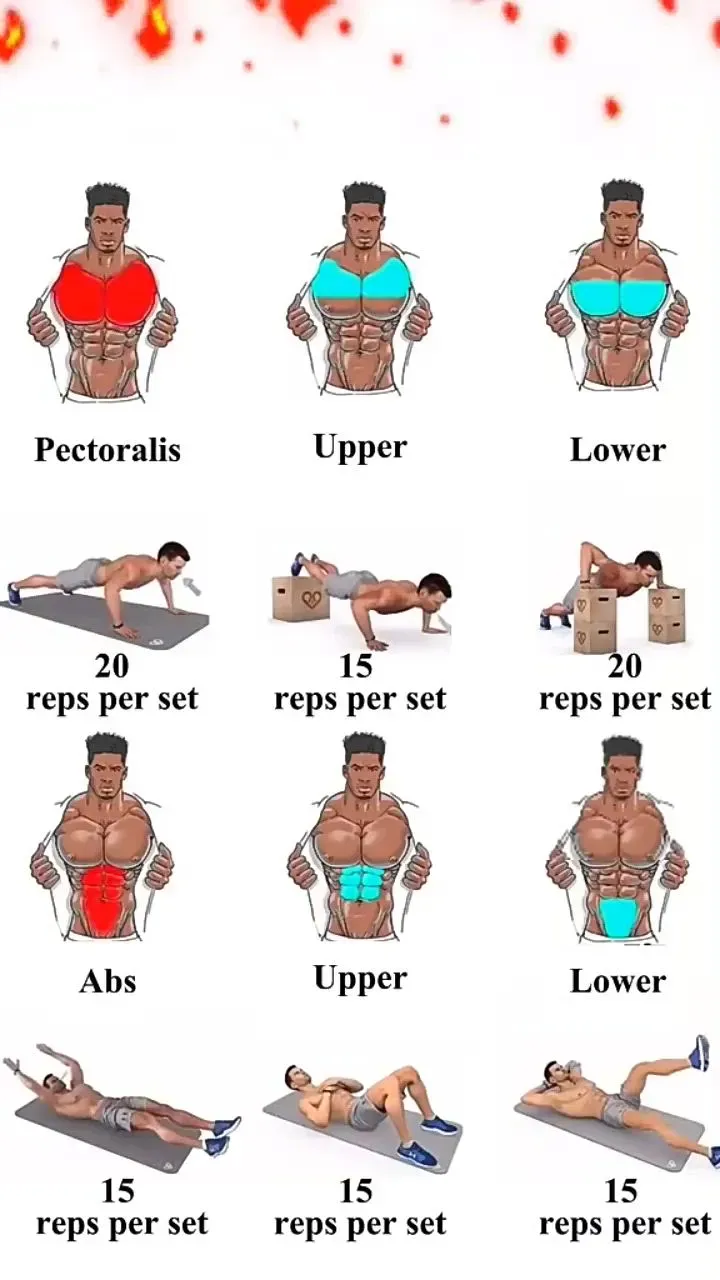Table of Contents
So, you want that carved-out midsection and a chest that doesn't look like you've been skipping push-up day, but the gym feels like another planet? Maybe you’re short on time, hate the commute, or just prefer the comfort of your own living room. You're not alone. Many people chase the dream of a visible six pack and a solid chest, often believing it requires fancy equipment and a gym membership. The good news? You absolutely can build impressive abdominal muscles and a strong chest without ever stepping foot outside your door.
Why That Six Pack Starts in the Kitchen (Not Just the Gym)
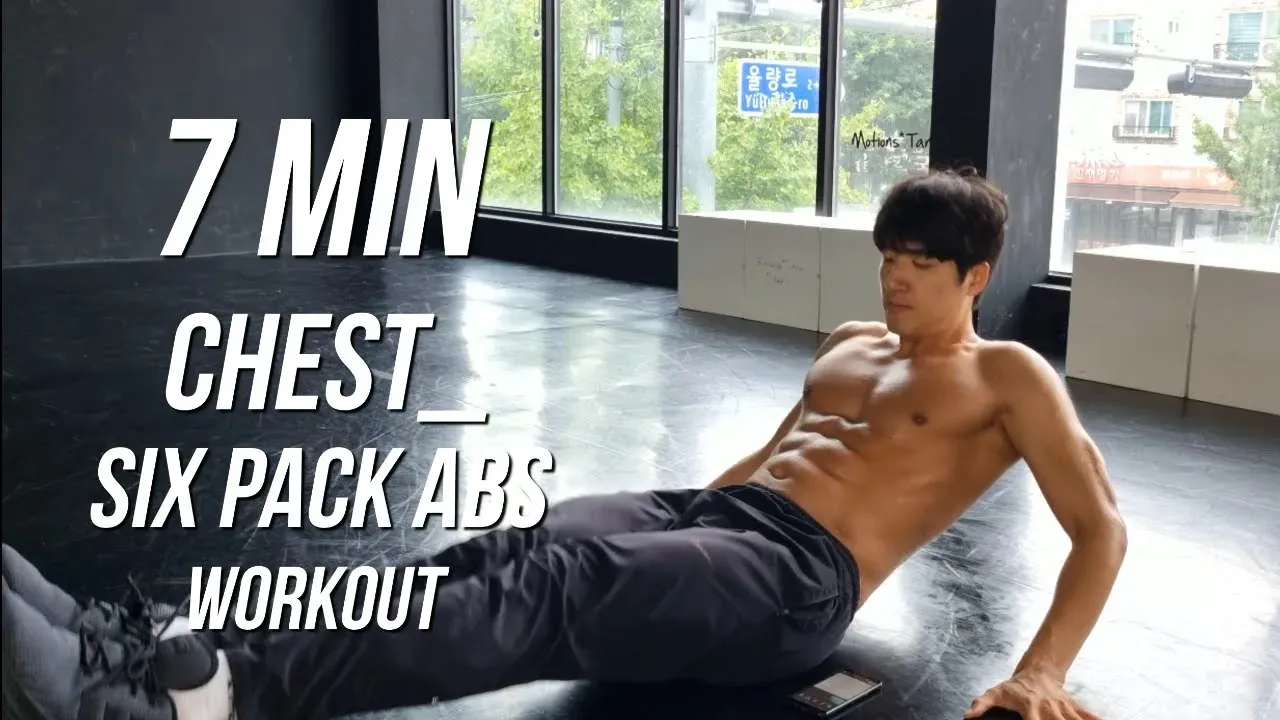
Why That Six Pack Starts in the Kitchen (Not Just the Gym)
You Can't Out-Exercise a Bad Diet, Period
Look, I get it. You see shredded folks on Instagram doing crazy hanging leg raises and think, "That's the secret!" And sure, training your abs helps them get stronger and bigger, like any other muscle. But here's the cold, hard truth: everyone, absolutely everyone, has abdominal muscles. They're right there, under whatever layer of body fat you're currently carrying. So, if you can't see your abs, the problem isn't necessarily weak abs. The problem is the stuff sitting *on top* of them. Think of your abs like buried treasure. You can dig all you want, but if the dirt (body fat) is too deep, you won't find the gold.
This is why the phrase "abs are made in the kitchen" isn't just some annoying fitness guru mantra; it's fundamental truth. You could spend two hours a day doing every crunch, plank, and twist known to humanity, but if you're consistently fueling your body with processed junk, sugary drinks, and excessive calories, those abs are staying hidden. Your body fat percentage is the main gatekeeper to visible abs. Getting lean enough to see them requires a caloric deficit – meaning you consume fewer calories than you burn. And that, my friends, happens primarily by controlling what goes into your mouth.
Fueling Your Future Six Pack Smartly
So, how do you actually tackle this kitchen business? It's not about starving yourself or living on boiled chicken and broccoli forever (unless you enjoy that kind of misery). It's about making sustainable, smarter choices most of the time. Focus on whole, unprocessed foods. Think lean protein to help build muscle and keep you full, plenty of vegetables for nutrients and fiber, and healthy fats. Carbohydrates aren't the enemy, but choosing complex carbs like whole grains and sweet potatoes over refined sugars and white bread makes a huge difference in energy levels and avoiding sugar spikes that lead to fat storage.
Portion control is also key. Even healthy food has calories. Mindless snacking or oversized meals, even of 'clean' food, can prevent you from reaching that crucial caloric deficit. Drinking enough water helps with satiety and metabolism. And yes, you can still enjoy treats occasionally, but they need to be the exception, not the rule. Think of your diet as the foundation. The best workout in the world is building on sand if your nutrition isn't sorted.
- Prioritize Protein: Aim for a source of protein at every meal (chicken, fish, eggs, beans, lentils).
- Load Up on Veggies: Fill half your plate with non-starchy vegetables.
- Choose Complex Carbs: Opt for whole grains, quinoa, oats, sweet potatoes over white bread, pasta, and sugary cereals.
- Don't Fear Healthy Fats: Include avocados, nuts, seeds, olive oil in moderation.
- Stay Hydrated: Drink plenty of water throughout the day.
- Limit Processed Foods & Sugary Drinks: These are often high in empty calories and contribute to fat gain.
- Control Portions: Be mindful of how much you're eating, even healthy foods.
Pump Up Your Progress: Progressive Overload for Your AtHome Chest and Abs
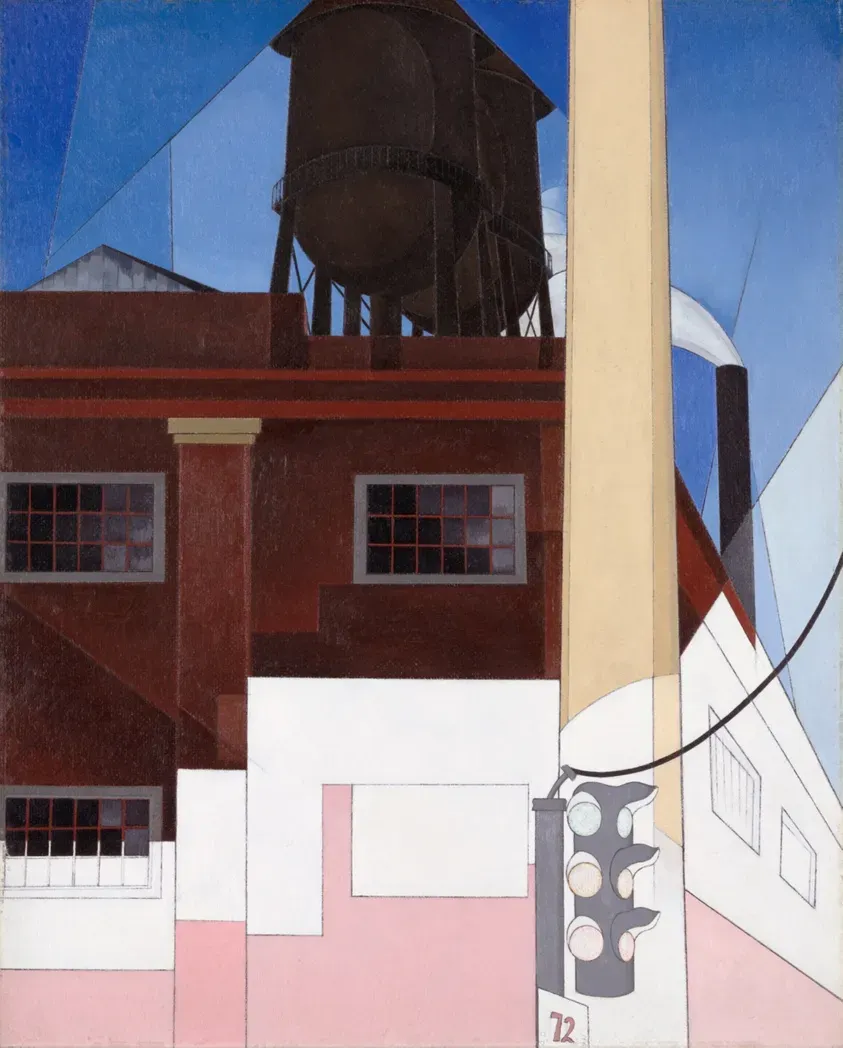
Pump Up Your Progress: Progressive Overload for Your AtHome Chest and Abs
Why Just Doing Push-Ups Isn't Enough
so you've got the nutrition dialed in – or at least you're trying, which is half the battle. Now, let's talk about building that muscle. Just like any other muscle group, your chest and abs need a reason to grow stronger and bigger. That reason is called progressive overload. It's the fundamental principle of getting results from *any* strength training, whether you're lifting barbells or just your own body weight during your six pack and chest workout at home. Simply doing the same number of push-ups or crunches every single time won't cut it forever. Your muscles adapt quickly. To keep seeing progress, you have to continually challenge them in new ways. This could mean doing more reps, doing the exercise slower and with more control, decreasing rest time between sets, or trying a harder variation of an exercise.
Killer Six Pack and Chest Workout at Home: The MustDo Exercises
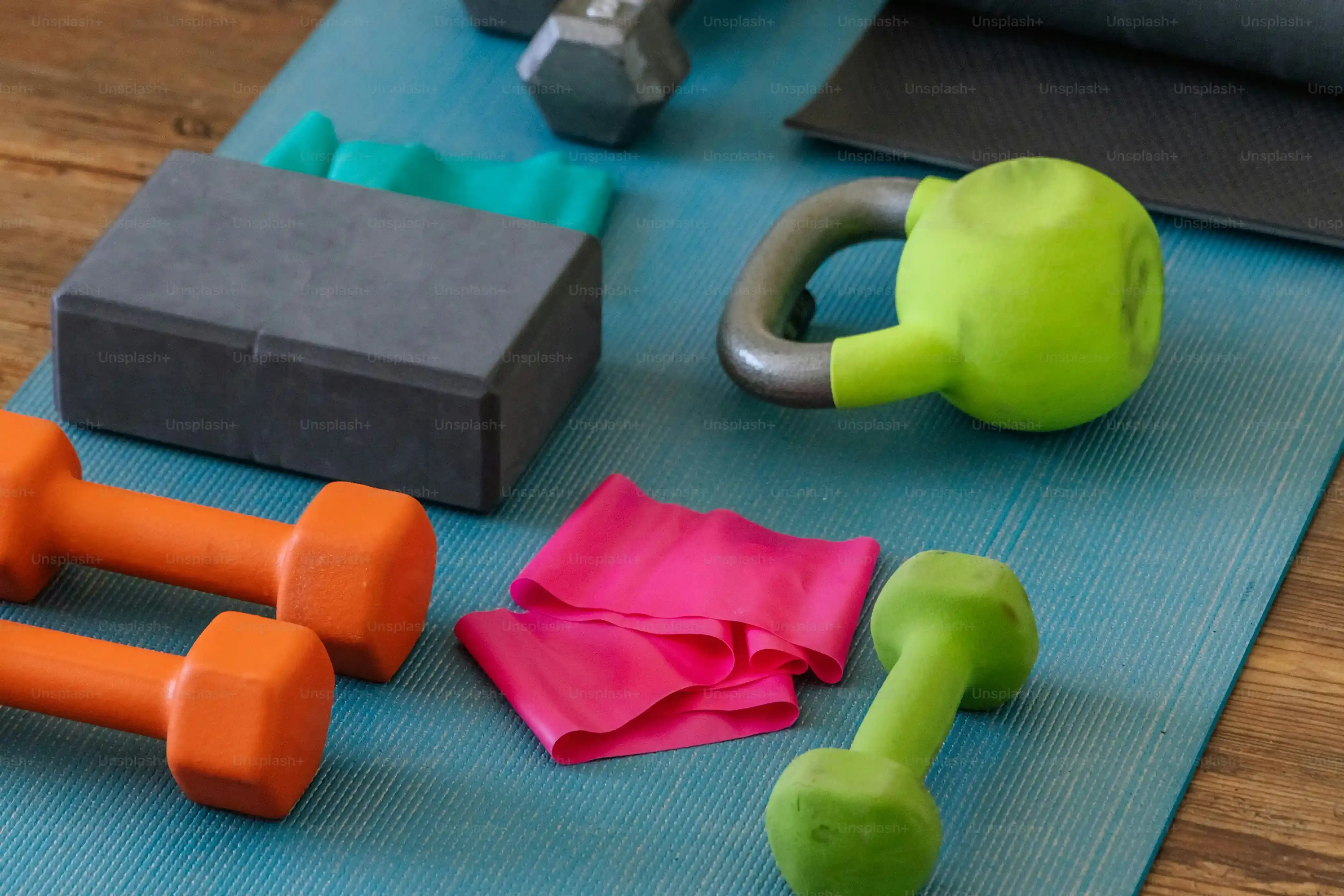
Killer Six Pack and Chest Workout at Home: The MustDo Exercises
Building Your Foundation: Compound Movements First
Alright, let's get down to the actual moves that will make a difference in your six pack and chest workout at home. You don't need a bench press or a fancy ab machine to build muscle. Your body weight is a powerful tool. Start with compound movements – exercises that work multiple muscle groups at once. Push-ups are the undisputed king for the chest, shoulders, and triceps, but they also engage your core like crazy, especially when done correctly. Think of them as a moving plank. Variations like incline push-ups (hands on a stable elevated surface) make them easier, while decline push-ups (feet elevated) make them harder, allowing for progressive overload.
For the abs, don't just think crunches. Hanging leg raises, if you have a bar, are phenomenal for the lower abs and grip strength. If not, lying leg raises work well on the floor. Planks, in all their glorious variations (standard, side, star), are fundamental for core stability and endurance, hitting those deep abdominal muscles. Combining these big hitters is key to an effective six pack and chest workout at home.
Targeting Specific Areas: Isolating for Definition
Once you've got the compound movements down, you can add exercises that target specific areas of your chest and abs for more definition. For the chest, consider exercises like chest dips (if you have parallel bars or sturdy chairs) or even different push-up hand positions (wider for outer chest, narrower for triceps and inner chest). Remember to keep tension on the chest throughout the movement.
For the abs, classic crunches and reverse crunches are great for hitting the upper and lower portions, respectively. Oblique crunches and Russian twists (with or without weight) target the sides, giving that tapered look. The key here is controlled movement and really squeezing the target muscle. Avoid swinging or using momentum. Focus on quality over quantity every single time you do your six pack and chest workout at home.
Muscle Group | Key Exercise | At-Home Variation |
|---|---|---|
Chest | Push-up | Standard, Incline, Decline, Diamond |
Abs (Overall/Stability) | Plank | Standard, Side, Star |
Abs (Lower) | Leg Raise | Lying Leg Raise, Hanging Leg Raise |
Abs (Upper) | Crunch | Standard Crunch, Bicycle Crunch |
Abs (Obliques) | Twist/Side Bend | Russian Twist, Side Plank |
Putting It All Together: Sample Workout Structure
Knowing the exercises is one thing; structuring them into a cohesive Killer Six Pack and Chest Workout at Home is another. A good approach is to start with your compound chest exercises, then move to compound core work, and finish with more isolation-focused movements. Aim for 3-4 sets of each exercise. The number of reps will depend on your current strength level and goals, but generally, aiming for 10-20 reps for abs and 8-15 reps for chest exercises is a solid starting point for hypertrophy (muscle growth).
Listen to your body, but don't be afraid to push yourself. If you can easily do 20 reps of standard push-ups with perfect form, it's time for a harder variation or slowing down the tempo. For abs, if you can crank out 30 crunches without feeling much, try adding a slight pause at the top or doing them on an unstable surface if safe. Consistency is more important than doing one epic workout and then taking two weeks off. Find a routine you can stick to, even if it's just 3-4 times a week.
Maximize Your Six Pack and Chest Workout at Home: Pro Tips
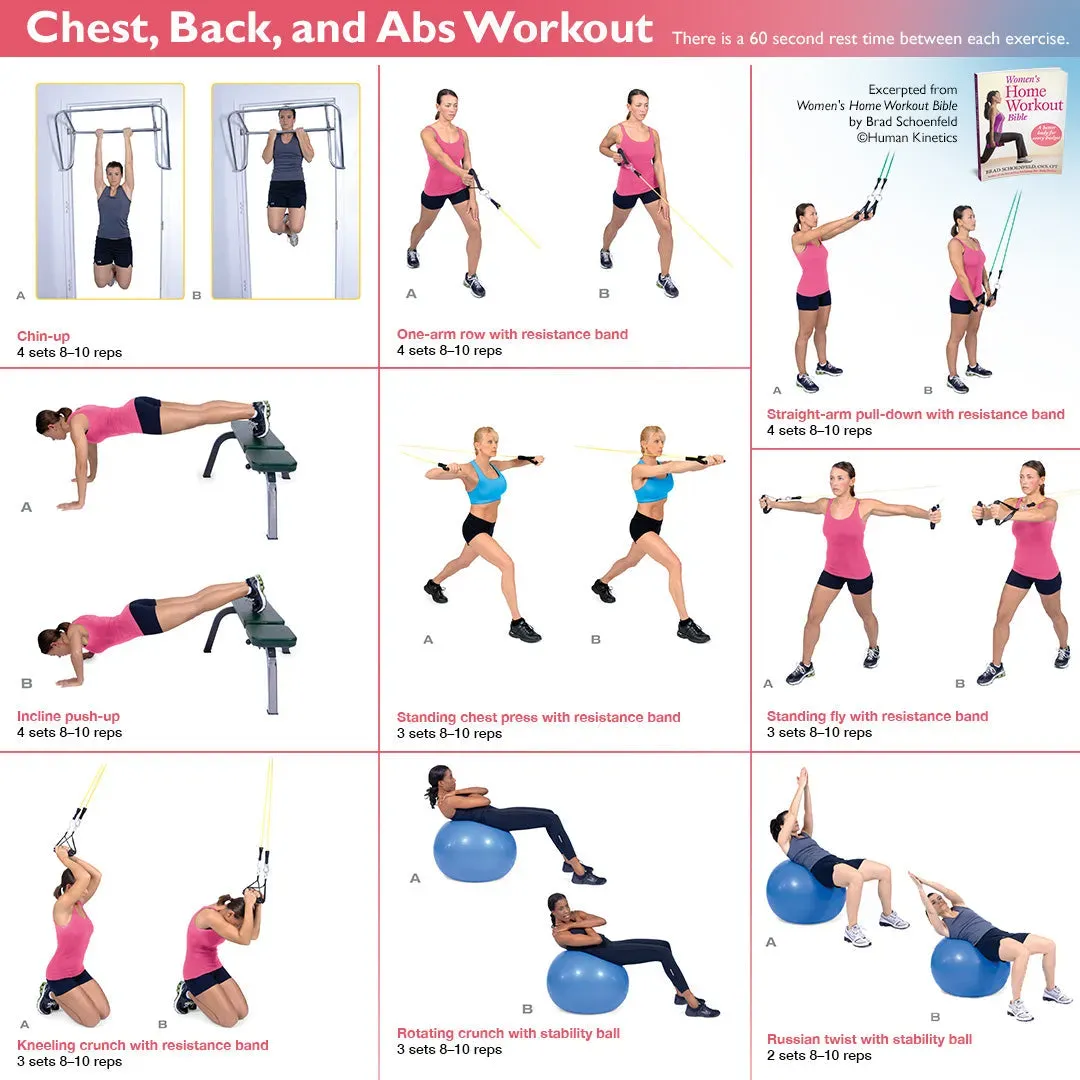
Maximize Your Six Pack and Chest Workout at Home: Pro Tips
Maximize Your Six Pack and Chest Workout at Home: Pro Tips
so you've got the exercises, you're working on the diet, and you understand progressive overload. Now, let's talk about the little things that make a big difference and truly Maximize Your Six Pack and Chest Workout at Home. It's not just about grinding through reps; it's about doing them *right*. Focus intensely on the muscles you're supposed to be working. When you're doing a push-up, consciously squeeze your chest at the top. For crunches, feel your abs contract. This isn't some mystical mumbo jumbo; it's called the mind-muscle connection, and it helps recruit more muscle fibers for better results. Consistency trumps intensity bursts followed by long breaks. Find a schedule you can stick to, whether it's three or four times a week, and show up. Don't underestimate recovery either; muscles grow when they're repairing, not when they're being torn down, so get enough sleep and manage your stress levels.
Making Your At-Home Six Pack and Chest Goals a Reality
Look, getting a visible six pack and a strong chest from your living room isn't about finding some secret exercise or magical supplement. It boils down to consistency, smart exercise selection, and facing the fact that your diet matters—a lot. We've covered why the kitchen is just as important as your workout space, how to challenge your muscles even without heavy weights, and specific moves to build both your abs and chest. Putting in the work at home is entirely possible and can be highly effective. It requires commitment, tracking your progress, and adjusting as needed. Stop waiting for the perfect gym or the perfect moment. The equipment you need is often just your own bodyweight and a bit of space. Start there, stay consistent, and you'll likely see the results you're after.
